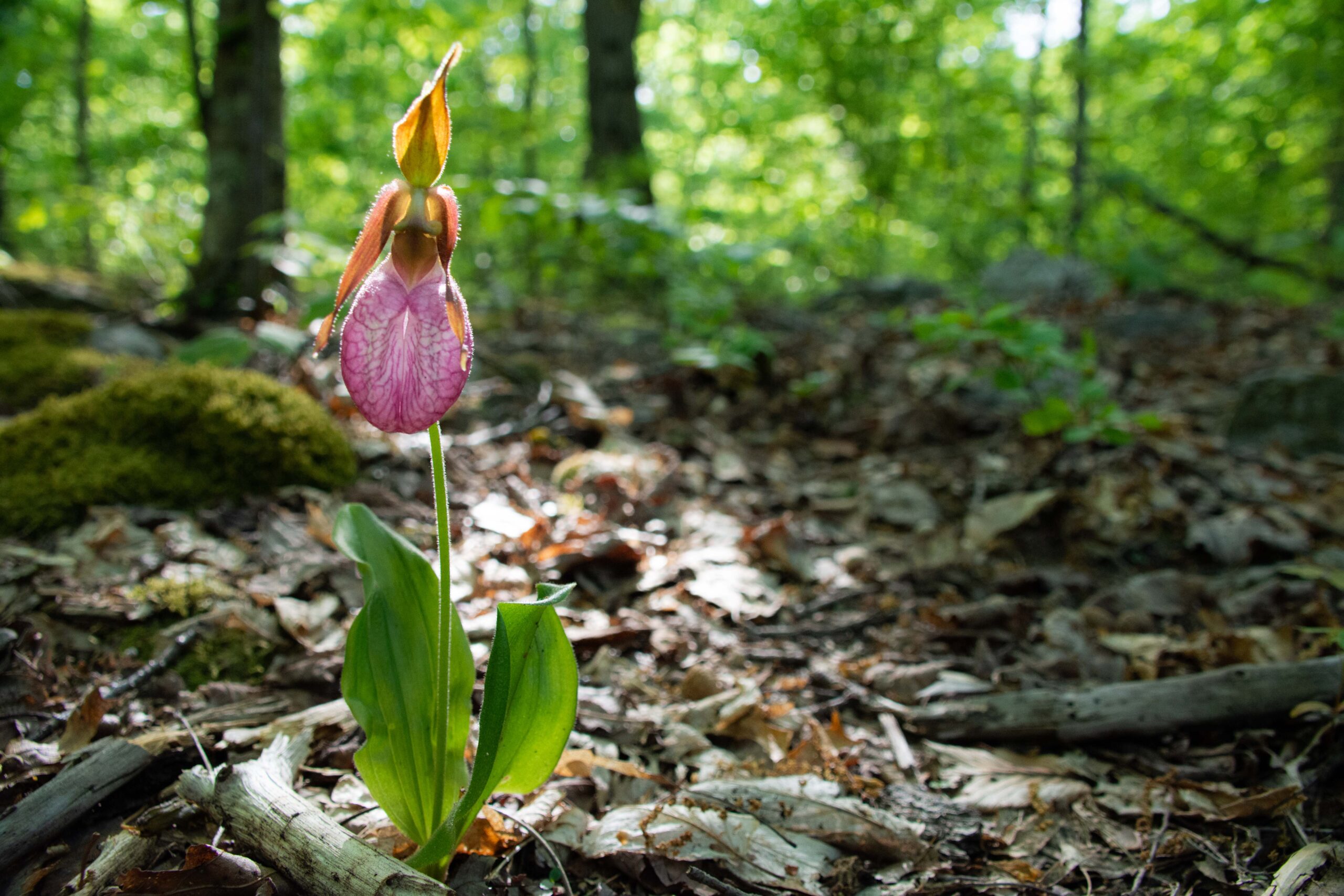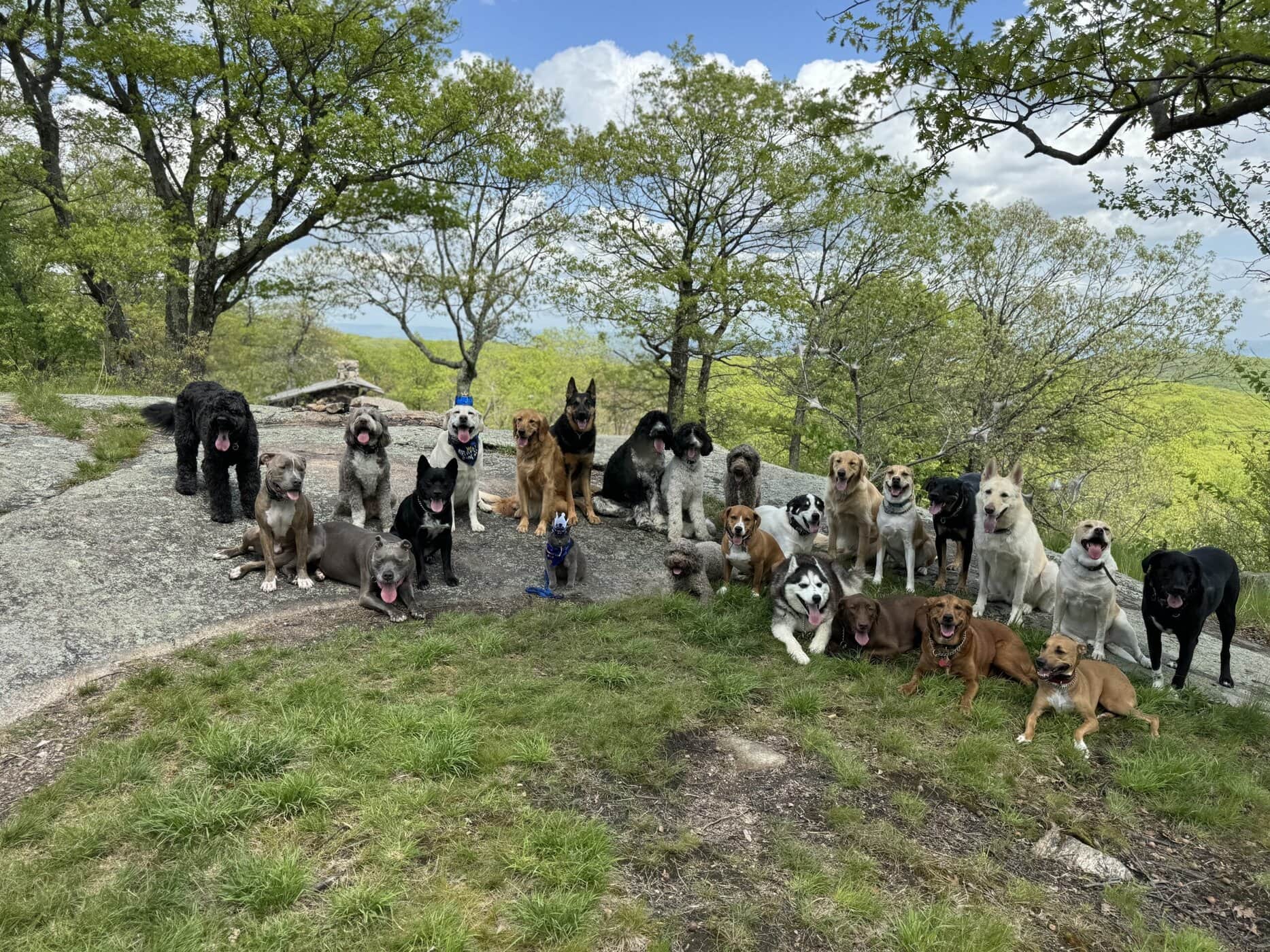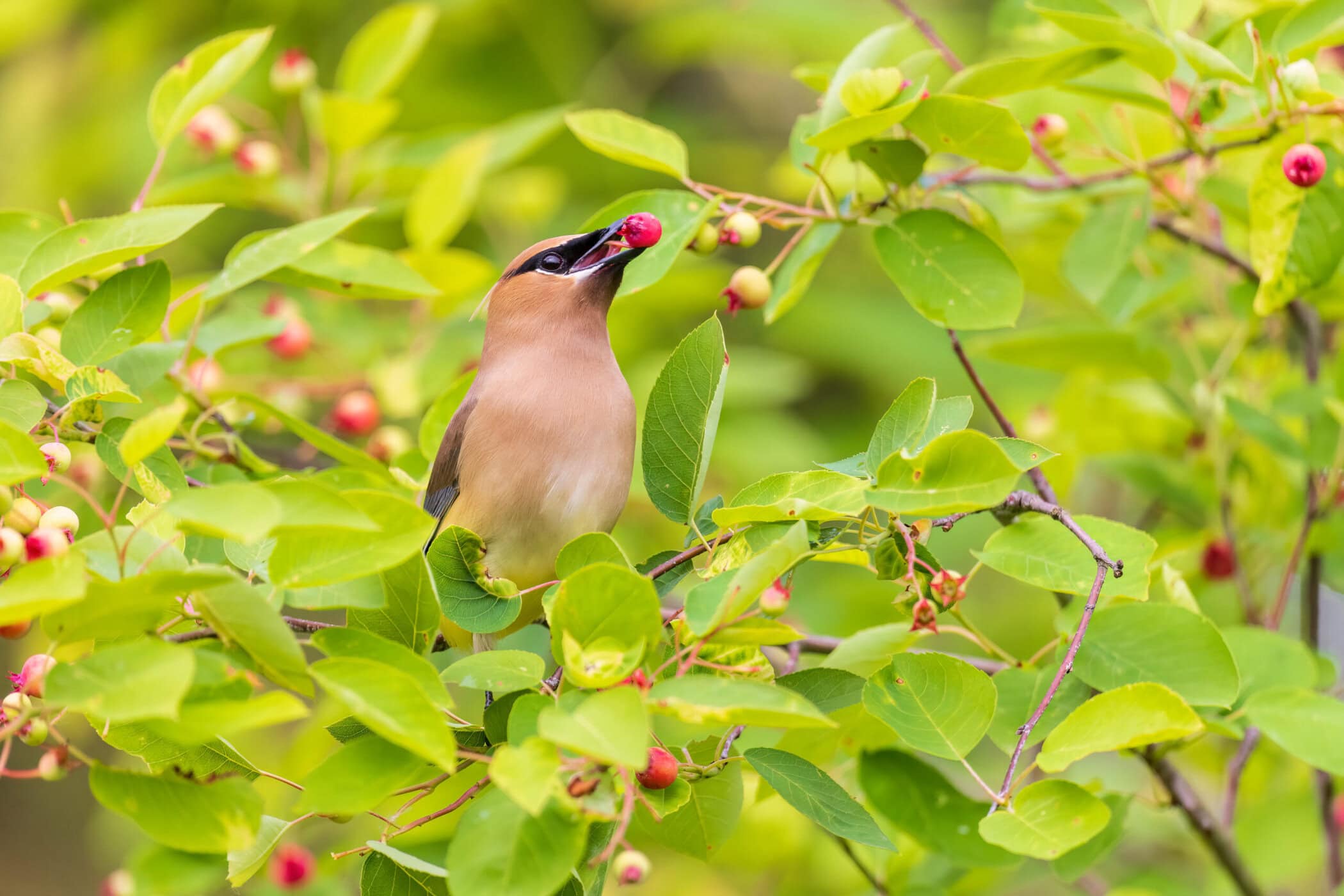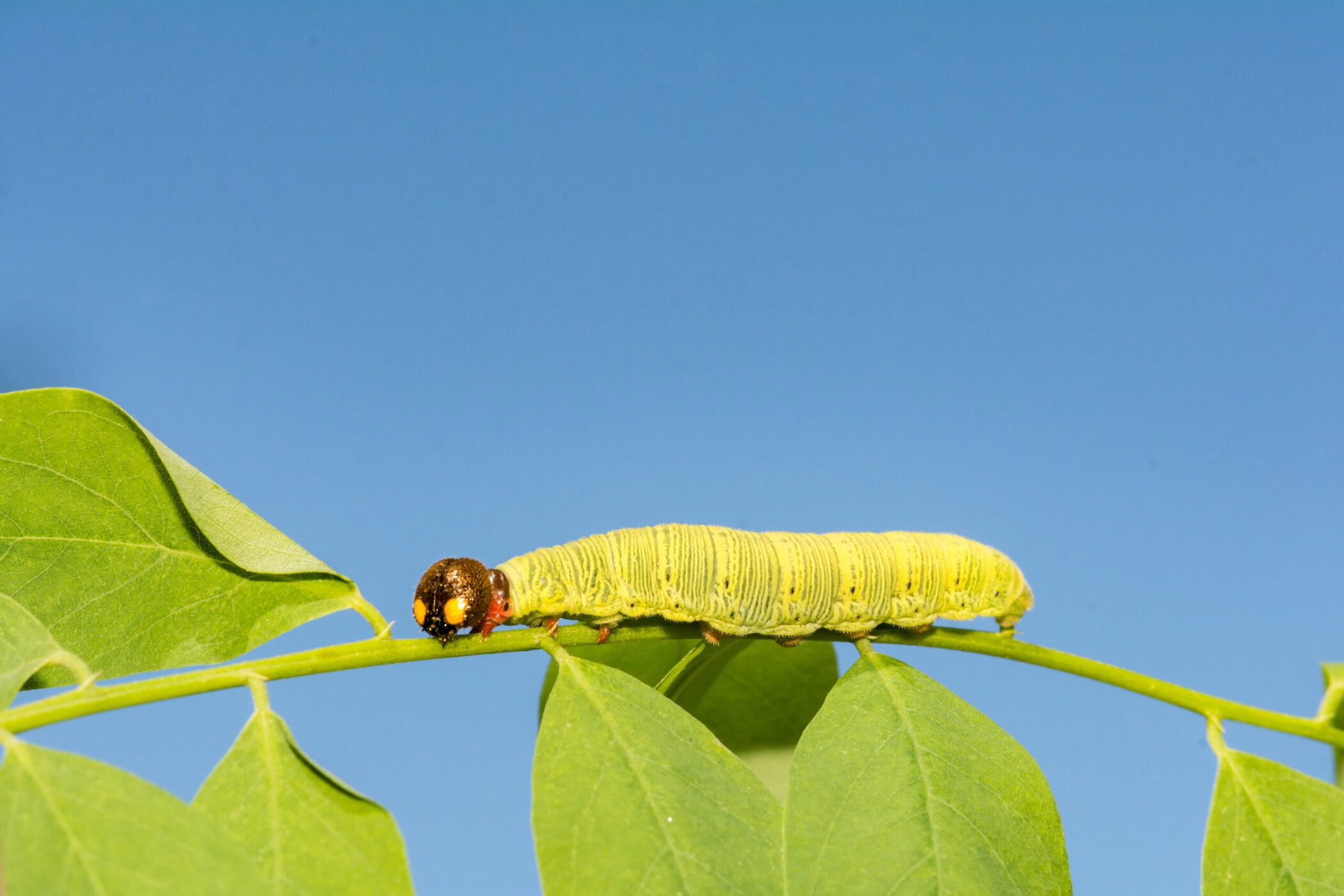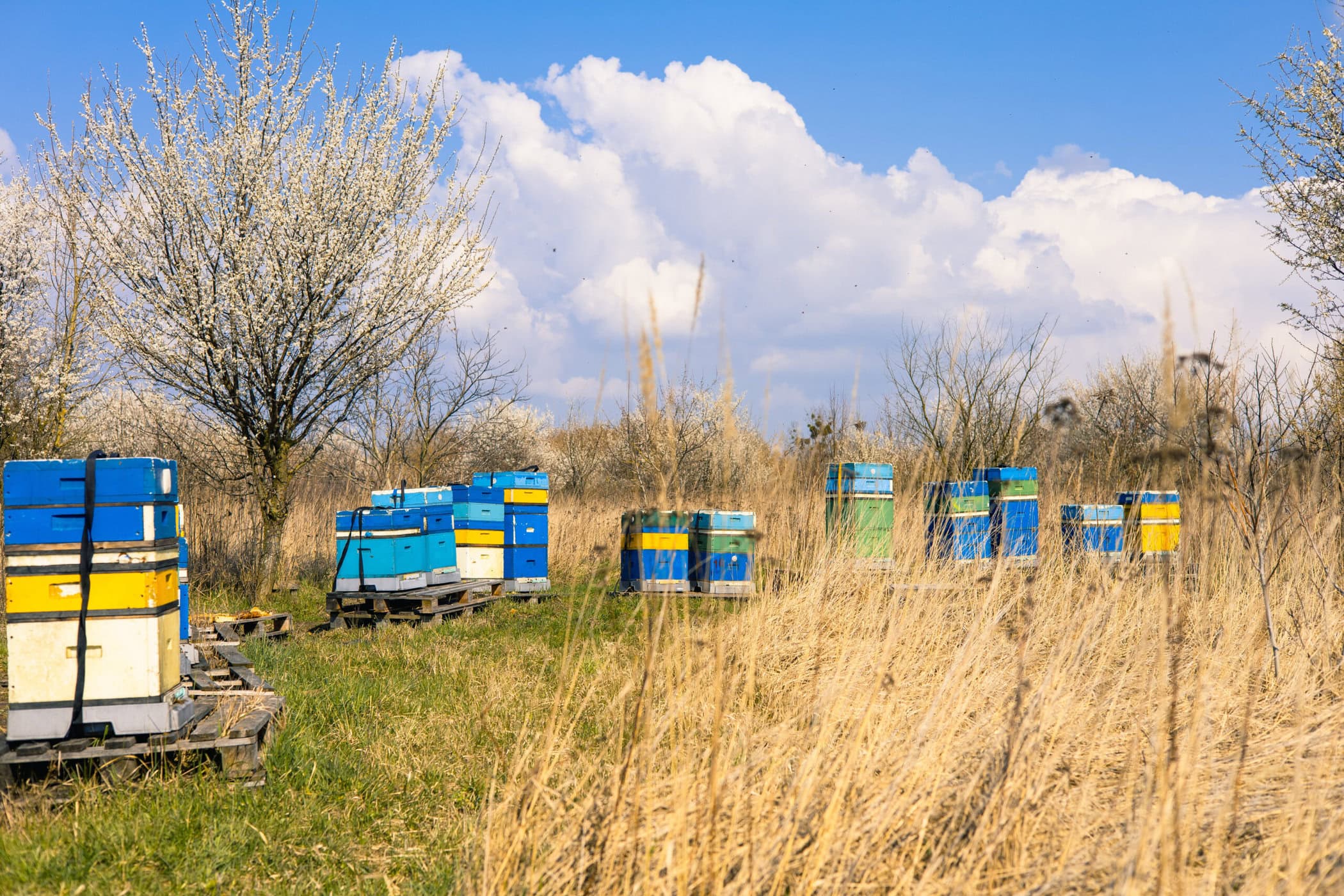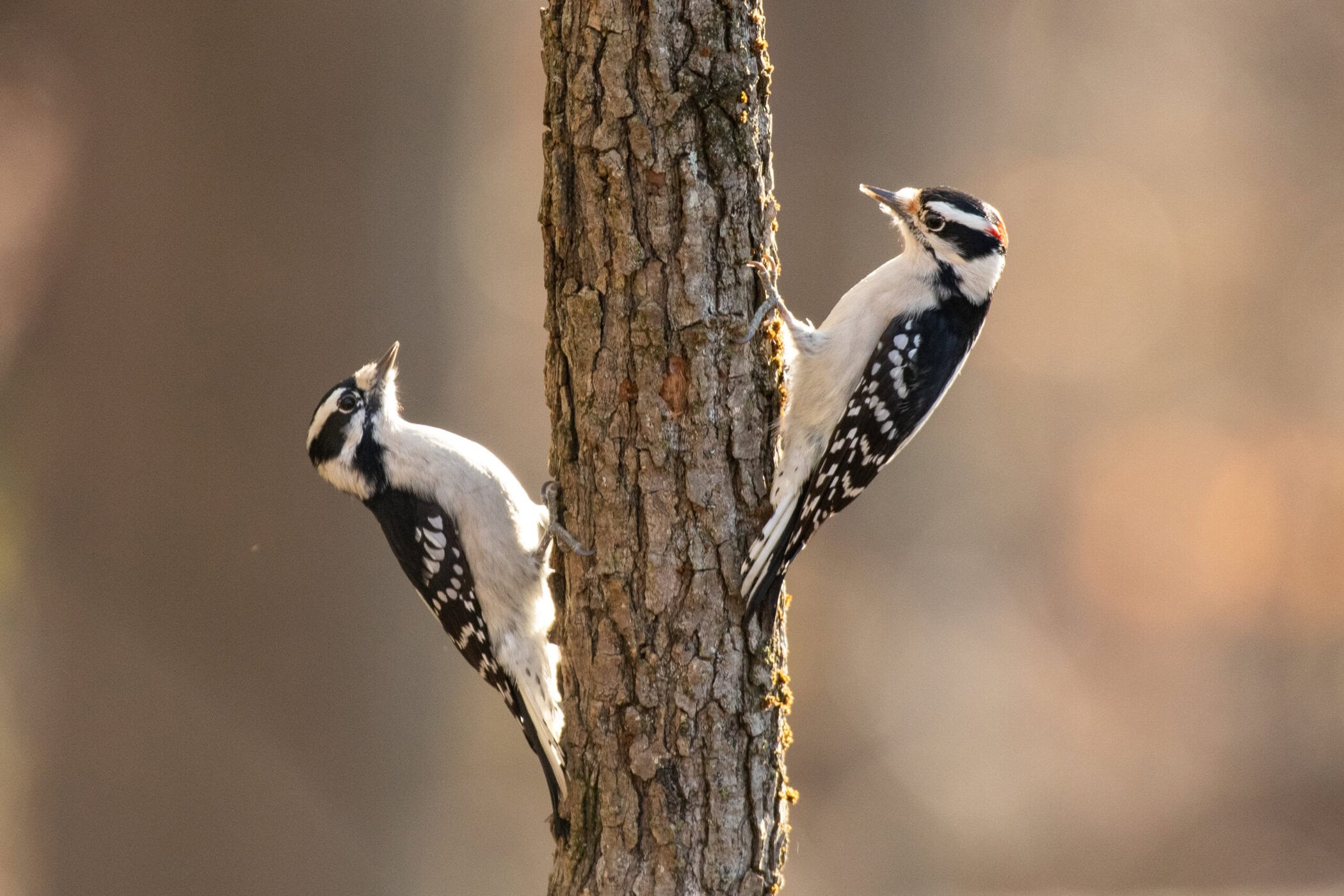Bird lovers throughout the Hudson Valley are watching for one of our area’s most beloved seasonal residents: the ruby-throated hummingbird. These tiny migrants can travel up to 600 miles nonstop as they return from their wintering grounds in Central America and Mexico to our backyards, parks, and nature preserves.
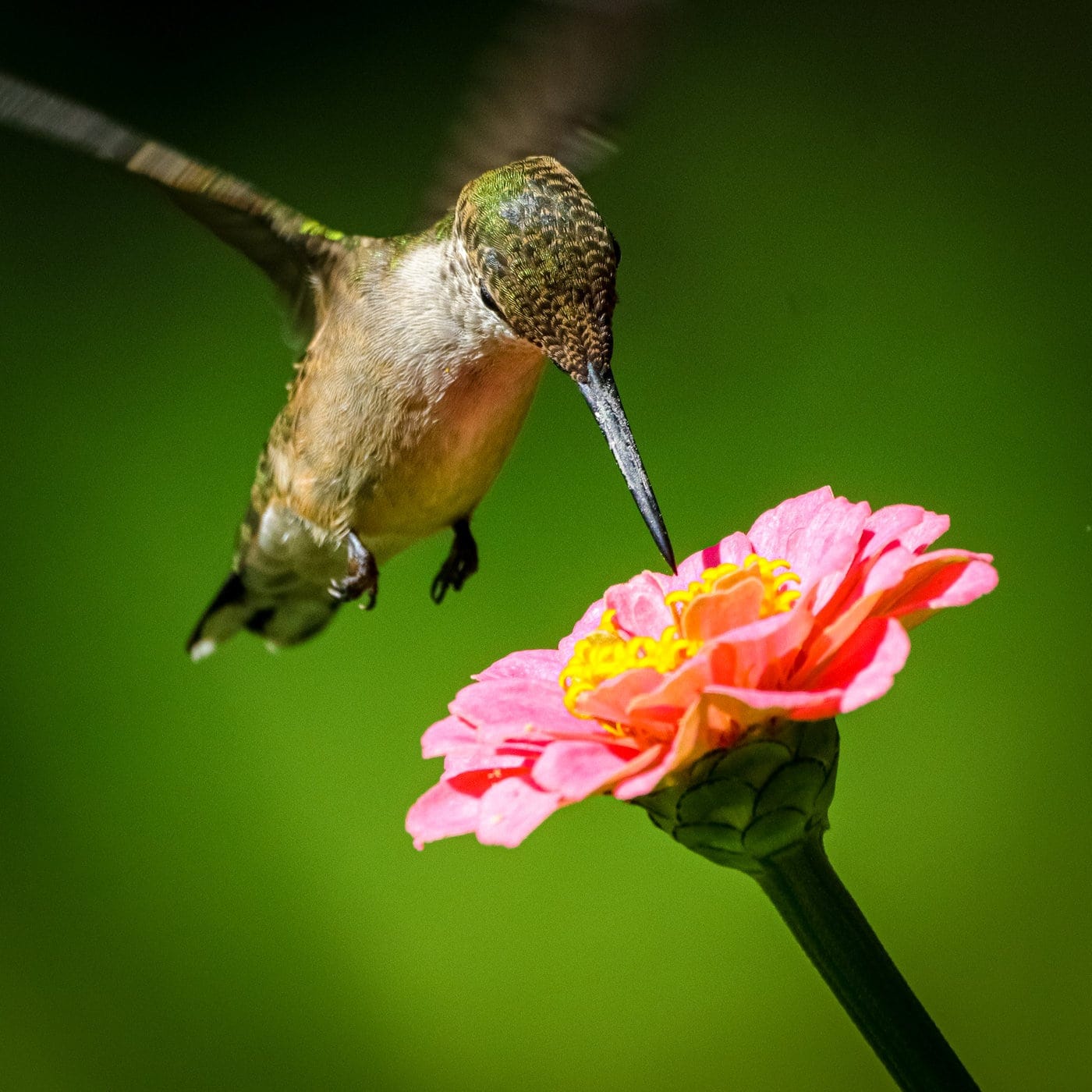
“Ruby-throats are the only [hummingbird] species in the whole eastern part of North America, other than a few vagrant migrants that get blown off course or lost,” said Erich Eberts, an ornithologist affiliated with the University of Toronto.
Eberts, who holds a doctorate in ecology and evolutionary biology, subscribes to the hypothesis that ruby-throats might be the only hummingbird species found in the East because the landscape is so much more homogenous. That’s opposed to out West, he says, “where there are many more different types of habitats and food resources, which allows more species of hummingbirds to coexist.”
When do they arrive?
If you’re paying attention, you may see your first ruby-throated hummingbird appear as early as mid-to-late April. The spring migration is trackable online online starting from late January through early May.
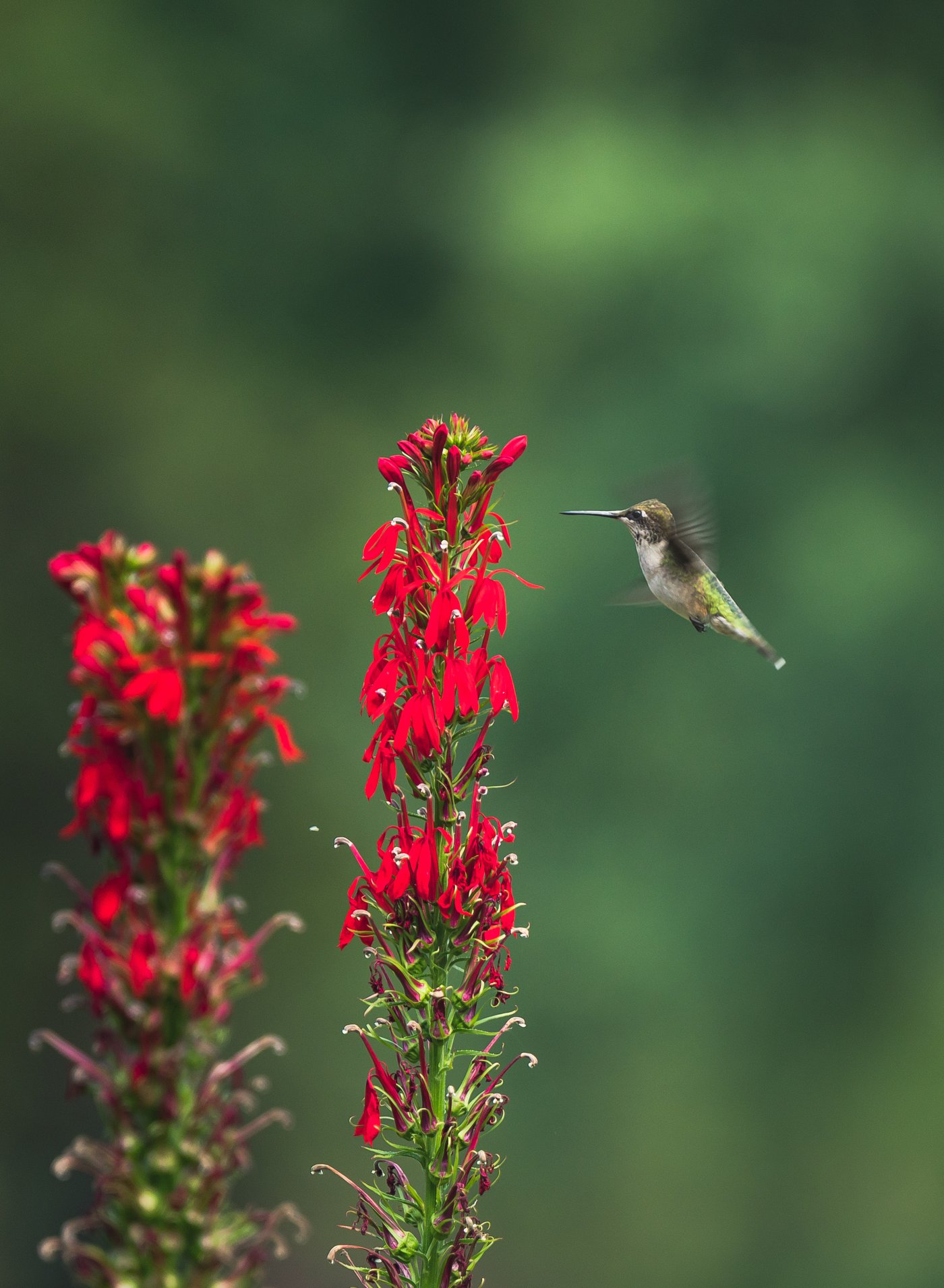
The 2023 Hummingbird Spring Migration Map shows the movement of hummingbirds across the entire southern coast of the US. In early spring, ruby-throats are moving up from Florida. The map is a great way to gauge the timing of ruby-throats into our area. Sightings are self-reported by hummingbird enthusiasts, so you can even add your own sightings when the time comes.
How hummingbirds survive the long journey
Torpor, a state of lowered body temperature, breathing, and heart rate, allows hummingbirds to conserve energy during migration. Torpor is one of the main reasons that hummingbird species are expanding their wintering ranges northward, Eberts says. His Ph.D. thesis focused on how and why ruby-throated hummingbirds use torpor in different ecological situations — particularly during fall migration — and in different air temperatures.
“Torpor is undoubtedly a crucial trait that allows these tiny long-distance migrants to travel so far,” Eberts says. “By saving, and not needlessly spending, crucial fat stores at nighttime, they can spend less time searching for food and refueling, and ultimately reach their destination faster than if they had to constantly refuel along their whole journey.”
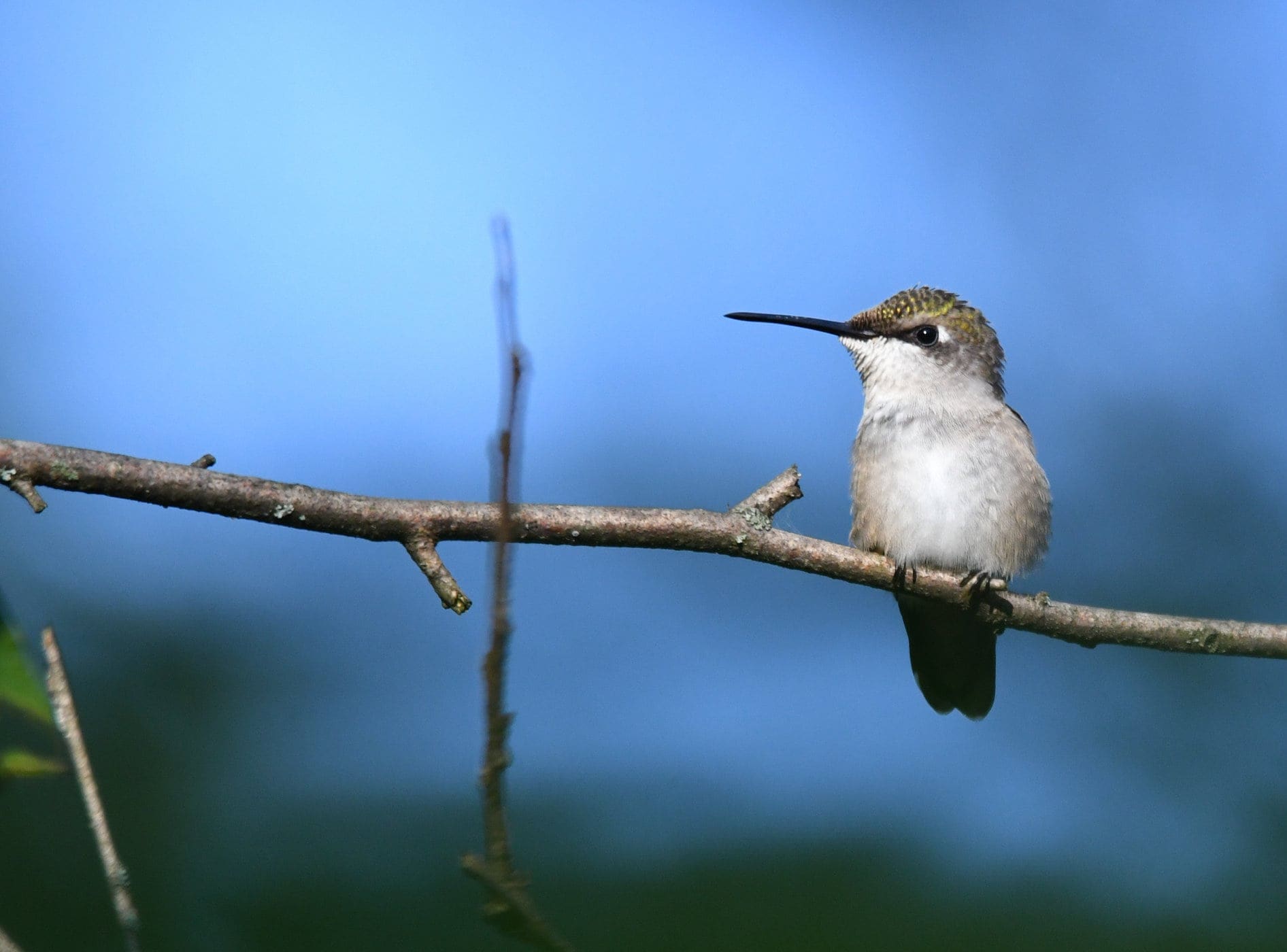
“For example, Anna’s hummingbirds and even some ruby-throats are overwintering in North Carolina now. This was a very rare sight 20 years ago.”
The take-home point of Eberts’ thesis is that hummingbirds use torpor when their body fat stores fall to critically low levels at night. But the threshold level changes seasonally and in different environmental conditions. “Birds go from using torpor at about 5% fat in the summertime, when they stay lean and agile to court mates, to — in migration, when they need to save energy to fuel their long journey — entering torpor at super high levels of about 30%.”
Astounding facts about hummingbirds
Physiological ecologist Anusha Shankar studies how animals manage their energy and activity in different environments. Shankar worked as a postdoctoral fellow at the Cornell Lab of Ornithology. Even after more than half a decade of closely studying hummingbirds, these pollinators continue to excite her.
Case in point: That most hummingbird species can drop their body temperature down to about 50°F. “When they do this, their energy consumption or metabolism slows down by some 80-95%!” Shankar exclaims.
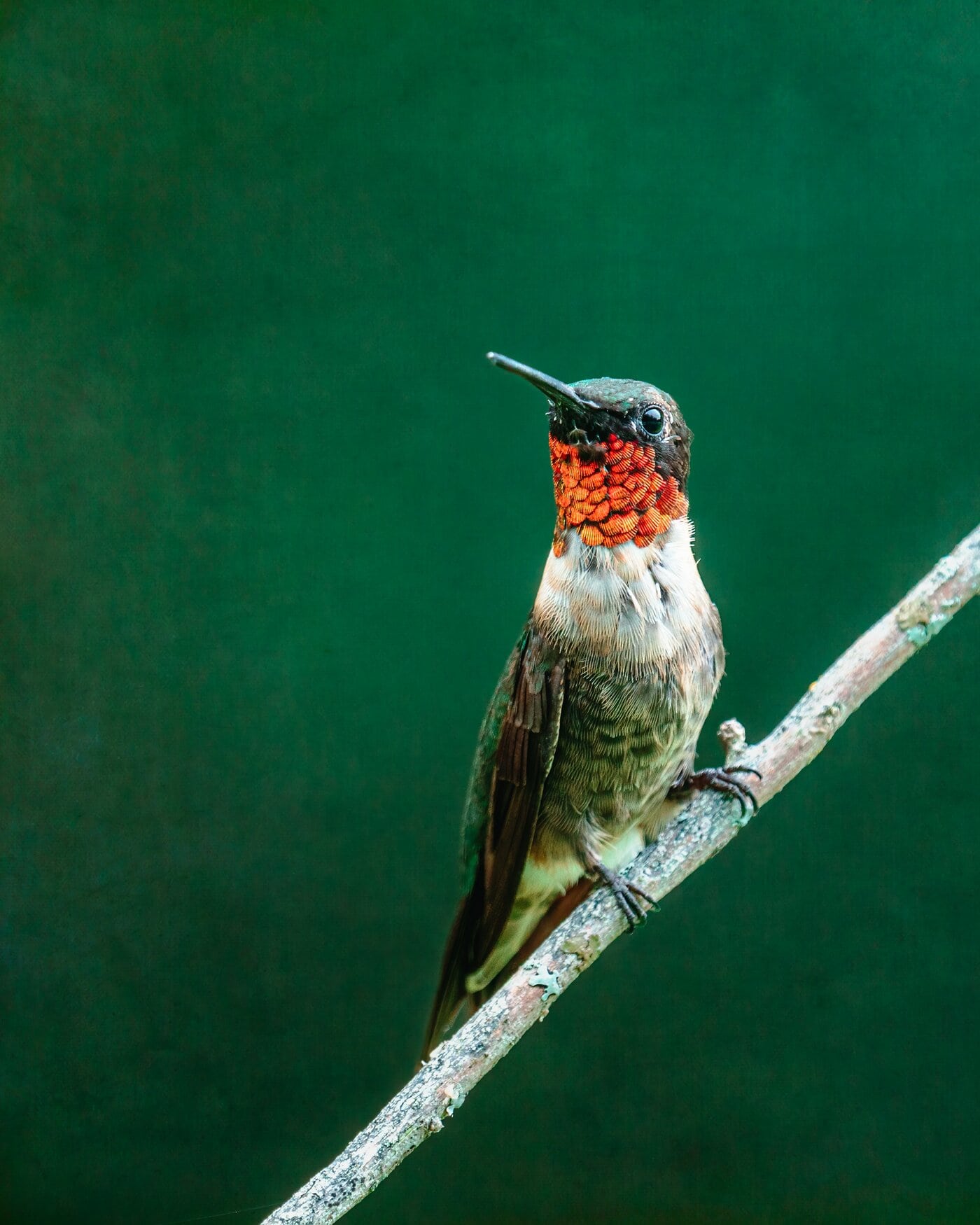
“Then, about an hour before sunrise, they warm back up in 20-30 minutes and go about their day,” she adds. “This flexibility is what has blown my mind, and what I’ve been working towards understanding for the past seven years.”
Another stunner: there are about 370 species of hummingbirds in the world, but the U.S. only gets about 16 of them. “At one of my field sites in Ecuador we had about 23 species living in the same cloud forest,” said Shankar.
Eberts notes another surprising fact about ruby-throated hummingbirds—most don’t migrate straight across the Gulf of Mexico. “This is a very common misconception,” says Eberts. “It is possible that a few, particularly experienced adults, might be able to make the trans-Gulf flight in perfect conditions, but a couple studies showed that juveniles take a costal route. We have also hypothesized that the juveniles do more of a fly-and-forage strategy and don’t use torpor because of its cost for development, but adults do more of a direct, torpor-assisted migration strategy.”
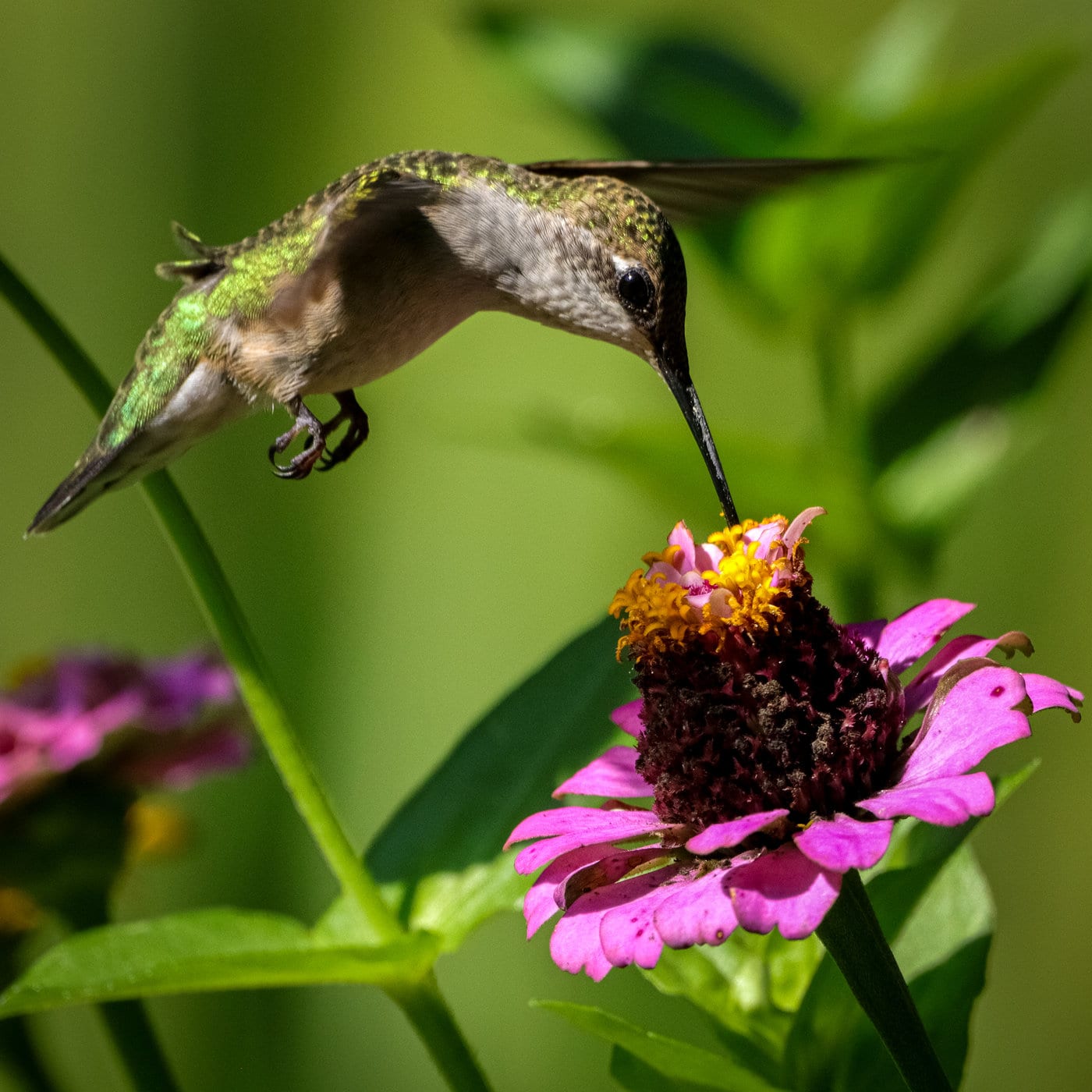
Attracting and feeding ruby-throats
Area residents who want to attract hummingbirds can plant native flowering plants like wild columbine, cardinal flower, and bee balm. I’ve personally seen them attracted to my rose of Sharon bushes in my own yard just south of Kingston.
“The best way to help hummers, and pollinators in general, is to plant native flowering plants,” said Eberts. “Putting out feeders is generally fine, but best to do along with actual native species. Putting out feeders can be especially helpful during migration. Also, providing nesting material or even nest sites can be helpful and certainly doesn’t do any harm.”
Both experts agree that using table sugar and water is fine when making nectar. The recipe is four parts water to one part sugar. Try to avoid the red, store-bought stuff. Said Eberts, “We don’t know for sure that the red dye harms them, but it definitely doesn’t help them find the food. They’ll find a red-colored feeder with clear nectar just the same.”
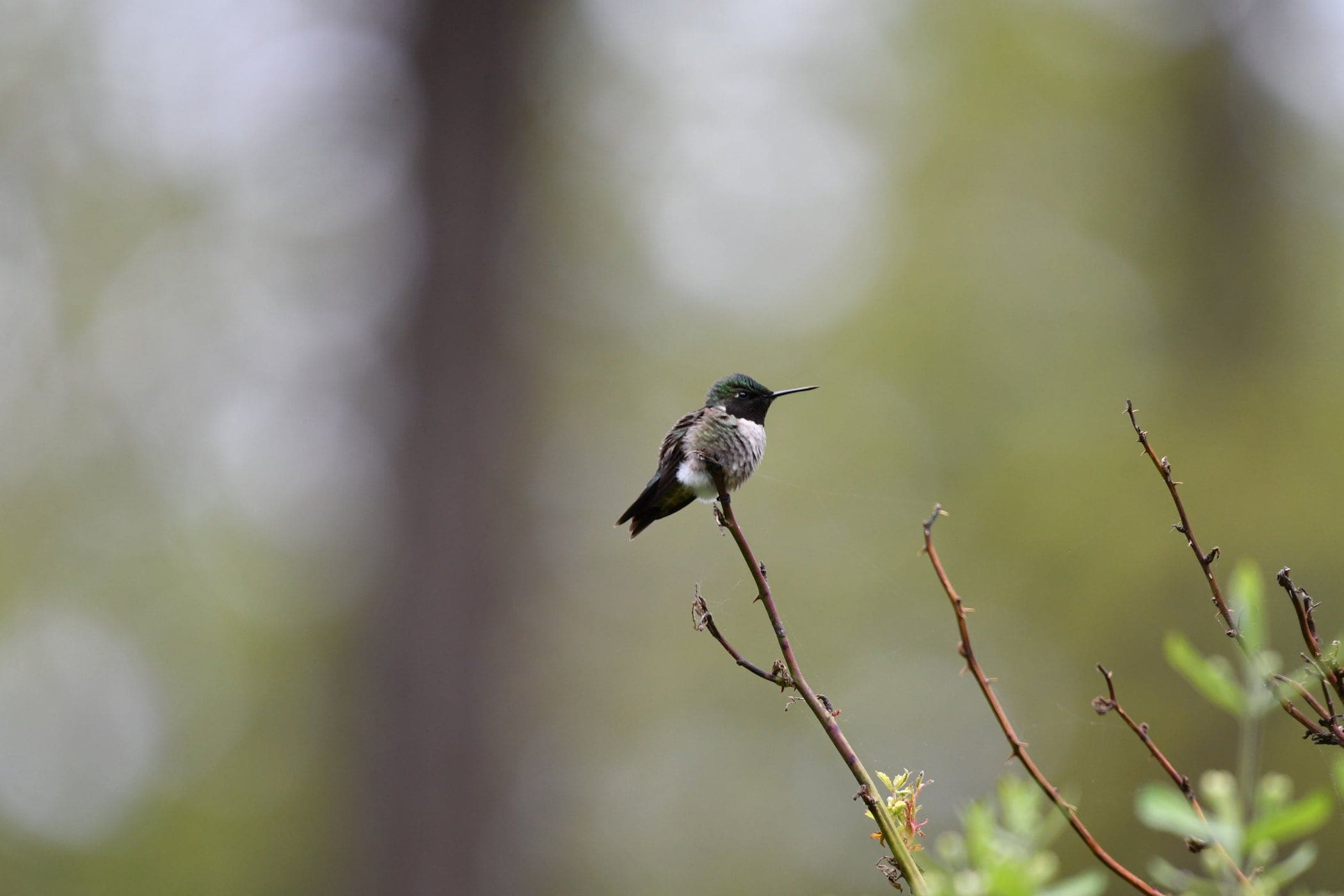
Ruby-throated hummingbirds use spider silk and plant materials including thistle, dandelion, lichen, and moss to build their nests. You can put out cotton, milkweed, cattail fluff, feathers, and even animal fur to help hummingbirds with their nests, but avoid anything with synthetic fibers (eg., yarn, dryer lint, string, etc.) Plastic, metal, and treated wood can also be dangerous.
Red really attracts hummingbirds. When I was first attracting them to my yard, I tied red ribbons around some of the trees and hung a feeder with a bright red top. They flew around all the ribbons until they found the feeders. Eberts says that hummingbird feeders are generally great to use, but he recommends putting them out along with native plant species. Also, avoid using feeders with perches. This encourages hummingbirds to visit both plants and feeders.
I use small perchless feeders called Nectar DOTS that are easy to clean and only hold about 2 ounces of nectar. They offer few different styles, but the single hanging DOTS replicate natural flowers and are affordable at just $10 each.
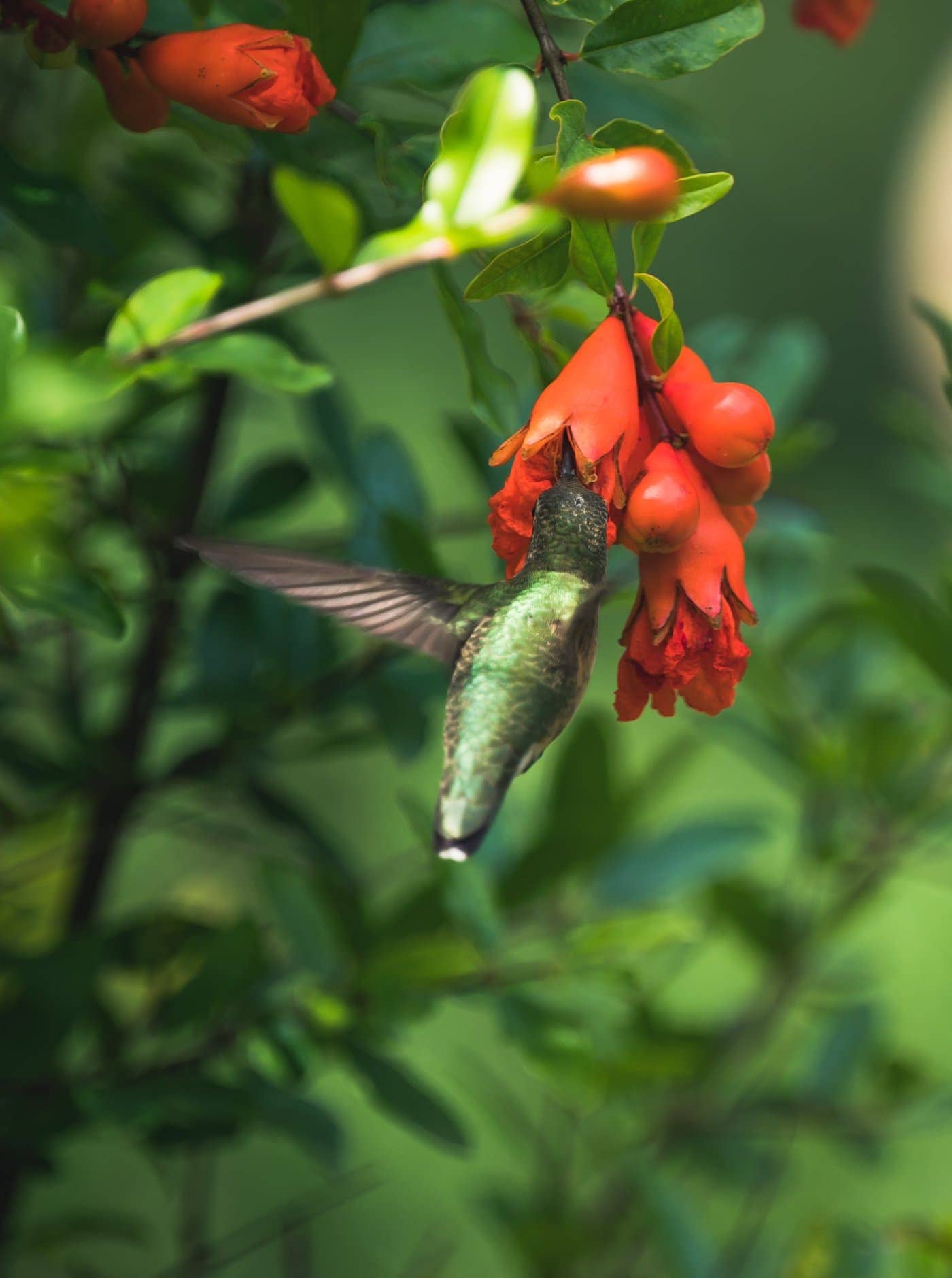
Doing more for our littlest birds
Feeding hummingbirds is one way to help them, particularly during migration. But if you love hummingbirds and want to do more, Shankar recommends contributing to organizations that work towards conserving protected forests.
“Many of the hummingbirds’ natural habitats are being destroyed,” said Shankar, “Places like the Amazon with a lot of logging and mining and oil drilling are definitely going to take a hit in their populations of many species, probably including hummingbirds. So, one great thing to do would be to contribute to organizations that work towards conserving protected forests.”



